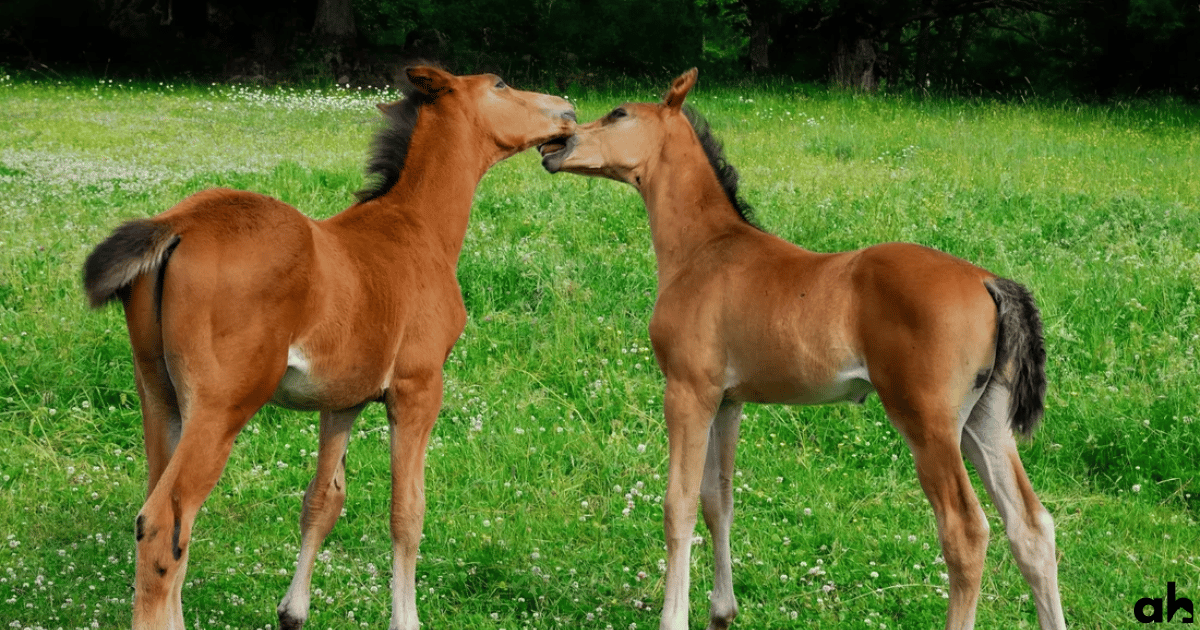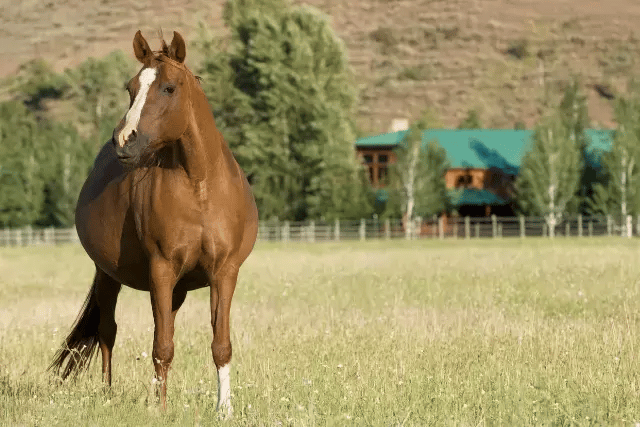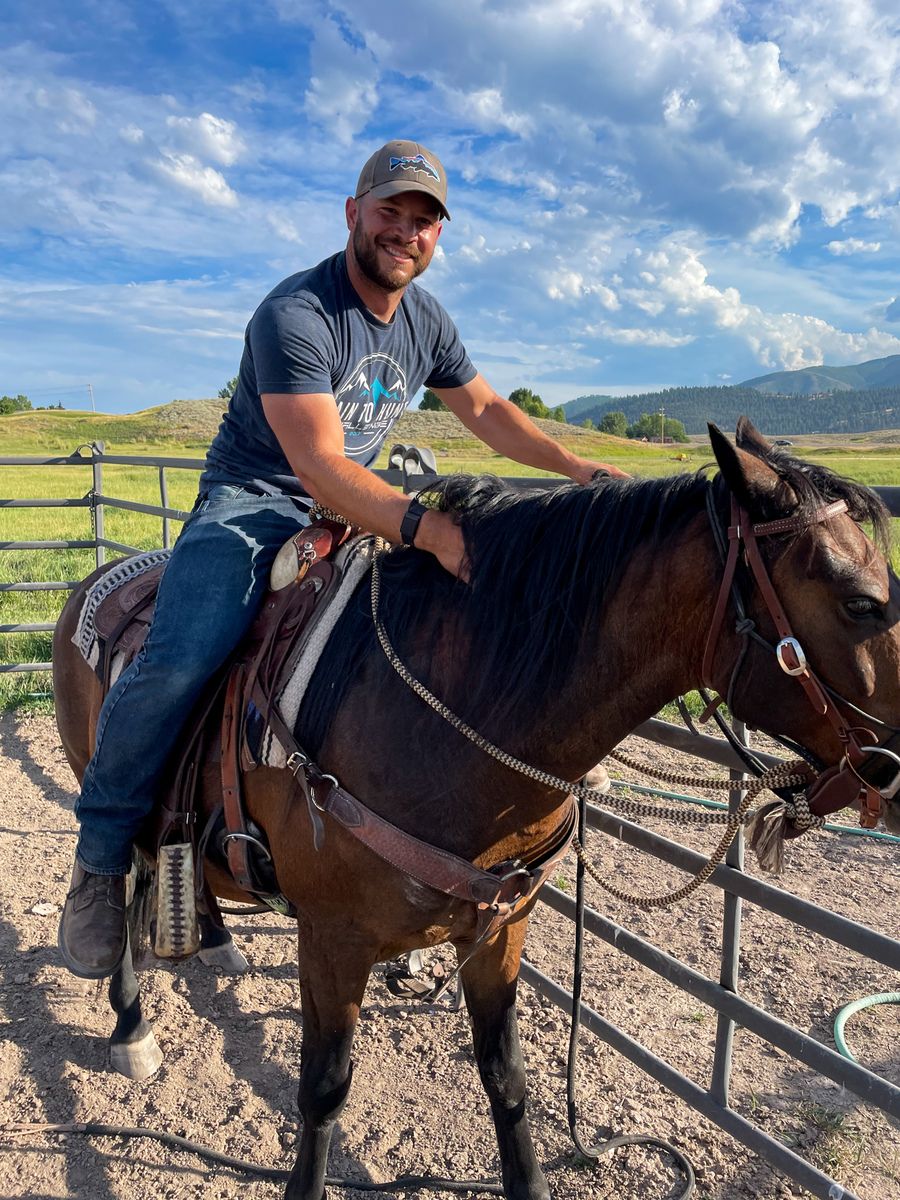
Understanding more about baby horses, called foals, is crucial to broadening your knowledge about horses.
Many people enjoy watching foals as they take their first steps and display playful behaviors, finding their energy and curiosity fascinating.
This article will explore foals, from their first wobbly steps to the intriguing differences between fillies and colts.
Short Summary
A pony is not a baby horse; it is a breed of horse characterized by its small stature.
Foals can be bought from breeders, online platforms, auctions, or rescue organizations. Ensuring the foal comes from a reputable source is crucial, promoting ethical horse breeding and care.
Foals are born with a protective layer on their hooves, known as the deciduous hoof capsule, or 'feathers' or 'caps.' This layer peels off within a week, revealing the foal's actual hooves.
Foals, Fillies, and Colts - What's The Difference?

When it comes to the world of horses, understanding the terminology is crucial.
A newborn horse, regardless of its gender, is referred to as a 'foal.' We classify these young creatures as such until they reach one year of age. However, as they grow, the terminology changes based on their gender.
A 'filly' is a young female horse under the age of four, while a 'colt' is a young male horse under the age of four.
How Long Does a Horse Carry Her Baby

The gestation period of a horse is quite lengthy compared to many other animals.
Typically, a mare (female horse) carries her foal for about 11 to 12 months, approximately 340 to 345 days on average. However, this period can slightly vary depending on various factors, including the mare’s health, age, and breed.
Some foals can be born a few weeks late or early, and it is possible to be born up to four weeks late.
What Size is a Baby Horse When It Is Born?
When a baby horse, or a foal, is born, its size can be quite surprising to those new to the equine world. On average, foals weigh between 50 to 70 pounds (22 to 31 kilograms) at birth.
In terms of height, they are usually about 60% to 65% of the height of their full adult size. A foal's legs are nearly as long as they will be when fully grown, which is why leg length is often used to estimate future height. The string test is a common method for predicting a foal's adult stature by measuring its leg length.
So, if the mother measures around 16 hands high (1 hand = 4 inches), the foal will likely stand about 9.6 to 10.4 hands tall. As they grow and mature into their first year, their size will increase rapidly, so enjoy their young, petite size while it lasts!
When Does a Foal Take Its First Steps?
A new foal takes its first steps soon after birth, usually within the first hour. This quickness to mobilize is a survival trait inherited from their wild ancestors, where newborns needed to be able to flee from predators as soon as possible.
At first, their steps may be wobbly as they adjust to their long limbs, but you’ll be amazed at how quickly they gain strength and coordination, trotting around with youthful energy and curiosity. Foals can even gallop within 24 hours of birth, showing just how rapidly they develop. They also learn to pick up their feet for cleaning and care early in life, which is essential for their health and good ground manners.
It’s a remarkable sight to witness as a young horse begins its journey of growth and discovery.
What are a Newborn Foal’s Hooves Like?
Newborn foal hooves are pretty fascinating. At birth, they are covered with a soft, rubbery layer known as the 'foal's slipper' or 'golden slippers.' This special covering protects the mare's uterus and birth canal from the sharp edges of the foal's hooves during delivery.
This layer will wear off within a few hours to a few days as the foal starts moving and exploring its new world. Underneath this protective layer, the foal's hooves are surprisingly firm and durable, allowing the young horse to stand, walk, and eventually run as they begin their equine journey.
Health and Nutrition of Foals
Anyone who has experienced it will probably tell you, when you have you first foal born on the farm, you'll quickly learned that those first few hours and days... they're absolutely everything.
During those critical early moments, that little foal's immune system is basically defenseless. That's when you'll really start to understood why everyone talks about colostrum like it's liquid gold. This thick, nutrient-packed first milk... It's like nature's own superhero serum, loaded with infection-fighting antibodies. Colostrum helps jumpstart the foal's immune system. You've got maybe two hours max to get that foal nursing, and those two hours feel like a lifetime when you're watching and waiting for that first successful latch.
Mare's milk isn't just food... it's everything that growing foal needs for those first few months. Foals thrive on nothing but their mama's milk, getting all the nutrients and immune support they need. As weeks go by, you start to see that curiosity kick in—they'll start nibbling on solid food here and there, (which is honestly one of my favorite things to watch).
When is a Foal Weaned?

Foals can start being weaned from around four months old, though weaning typically occurs between 4 to 6 months of age. The exact timing depends on the foal’s development, health, and individual circumstances. Early weaning at four months may be considered if the foal is healthy and eating solid food well, but later weaning can be beneficial for foals that need more time to mature.
Weaning is a critical transition period in a young horse’s life, marking the shift from a milk-based diet to a primarily forage-based diet. It’s a gradual process, with the mare naturally reducing her milk production over time as the foal begins consuming more solid foods like grasses and grains.
By the time weaning is complete, the foal should be able to sustain itself nutritionally without its mother’s milk. However, it’s important not to rush this process, as abrupt weaning can cause stress for both the mare and the foal.
The key is to ensure a smooth, gradual, and low-stress transition for the young horse.
Fun Foal Facts
Foals have a lot of intriguing characteristics that make them unique. Here are some fun foal facts (some that have been previously mentioned) to add to your knowledge bank:
Foals can stand and run shortly after birth, a critical survival skill in the wild where predators pose a threat.
A newborn foal’s legs are almost as long as an adult horse’s, giving them their adorable, disproportionate appearance.
Foals can recognize their mother’s calls and smells from the start, fostering a strong bond between mare and offspring.
Foals bond with their mothers almost immediately after birth through instinctual behaviors and silent communication, which helps ensure early attachment and protection.
Nursing is crucial for a foal’s health—foals should nurse within the first two hours after birth to receive vital nutrition and immune support.
Mother’s milk provides essential nutrients and antibodies, supporting the foal’s early development and helping build a strong immune system.
Foals have a rapid growth rate. In the first week of life, a foal can put on up to 6.5 pounds (3 kilograms) daily!
Unlike humans, horses (including foals) usually sleep standing up. However, for deep REM sleep, they need to lie down.
These interesting facts showcase a young horse’s fascinating start to life and growth.
Summary
In conclusion, the journey of a baby horse, or foal, is a remarkable process filled with intriguing stages, from the gradual shift from a milk-based diet to solid foods to their incredible ability to stand and run shortly after birth.
Each stage of a foal's development is essential, underscoring the importance of a smooth and stress-free weaning process to ensure their health and well-being.
The fascinating characteristics of foals, such as their rapid growth and strong bond with their mother, further amplify our understanding and appreciation of these beautiful creatures.
Whether you're a horse enthusiast or novice, the world of young horses offers a wealth of knowledge waiting to be discovered.
Frequently Asked Questions
Is a pony a baby horse?
No, a pony is not a baby horse. While it's a common misconception, the term 'pony' refers to a breed of horse characterized by its small stature. Ponies remain small even when they fully mature. A baby horse, on the other hand, is called a foal. Depending on physical maturity and breed, they can become a pony, a horse, or a draft horse.
Where do you find baby horses for sale?
Baby horses, or foals, can be found for sale in various places. Most commonly, they are sold through horse breeders, who specialize in breeding horses of a specific type or breed. There are also numerous online platforms, like Equine.com or HorseClicks, where breeders and private sellers list their horses for sale.
You can also find healthy foals for sale at horse auctions or through rescue organizations. However, it's essential to ensure that any foal you buy comes from a reputable source that prioritizes the health and well-being of their horses. This ensures you support ethical horse breeding, training, and care practices.
What do you call baby horse hooves?
Baby horse foals' hooves are often called 'feathers' or 'caps.' When a foal is born, its hooves are covered with a soft, rubbery layer known as the deciduous hoof capsule. This protective layer prevents the foal's sharp hooves from injuring the mother during birth. This layer will naturally peel off within a few days to a week as the foal moves around, revealing the hooves underneath.
